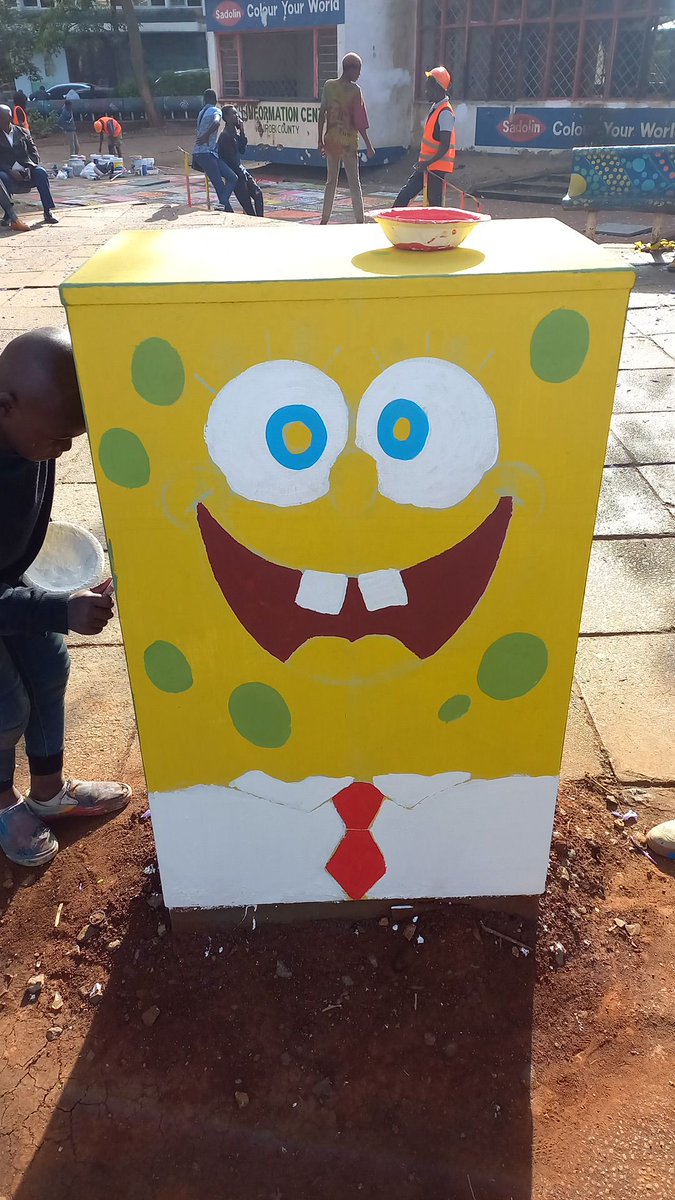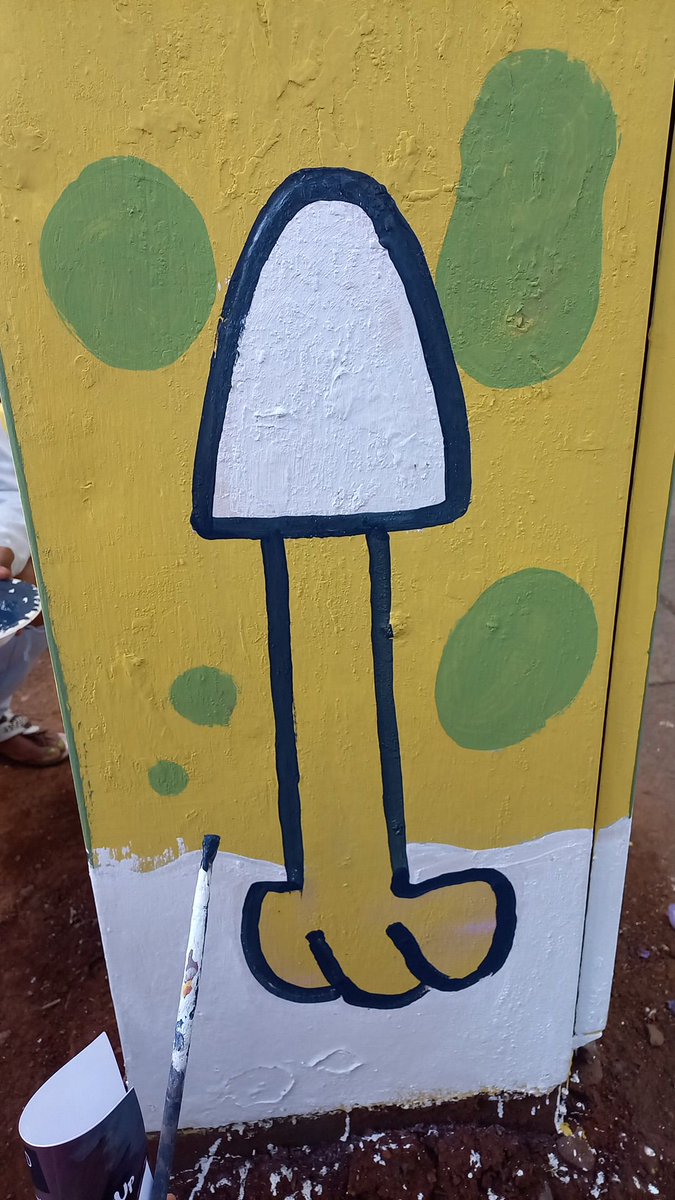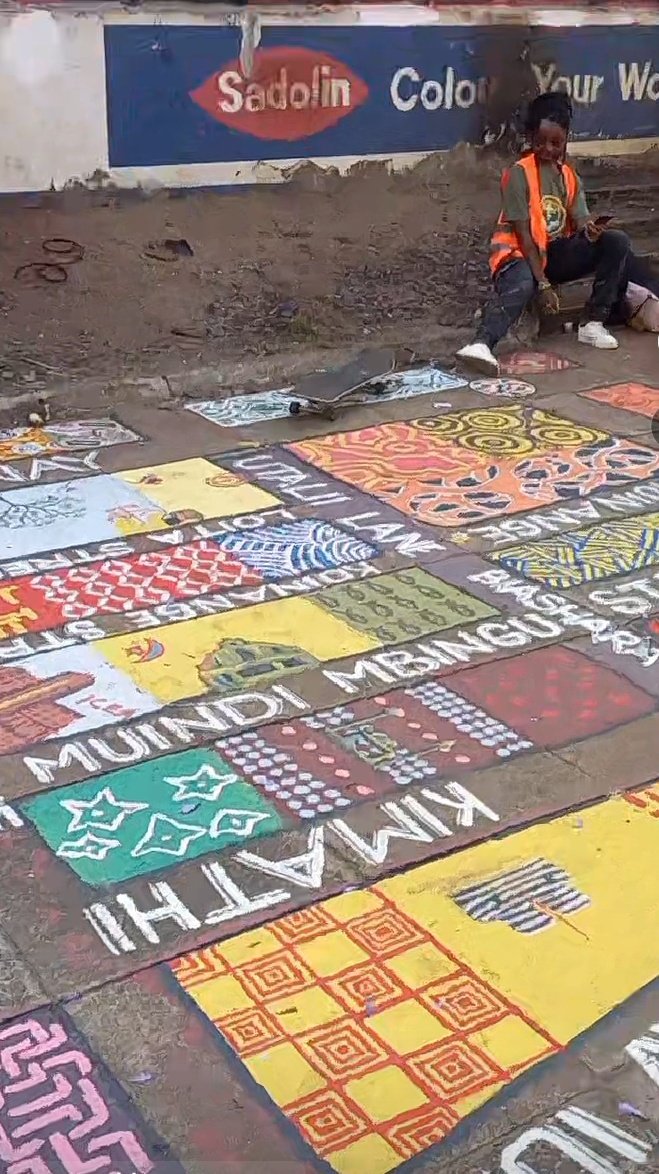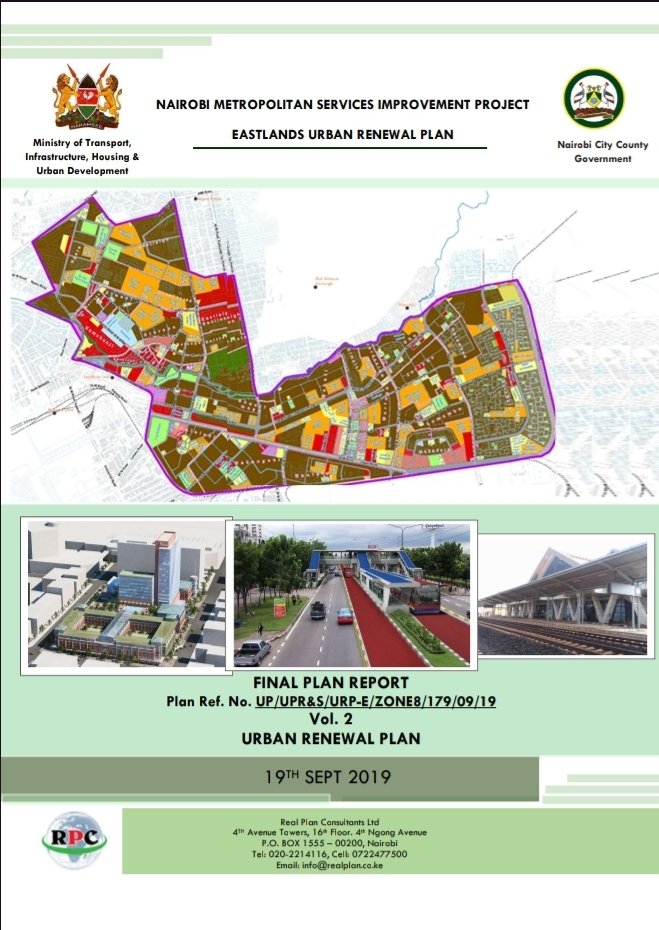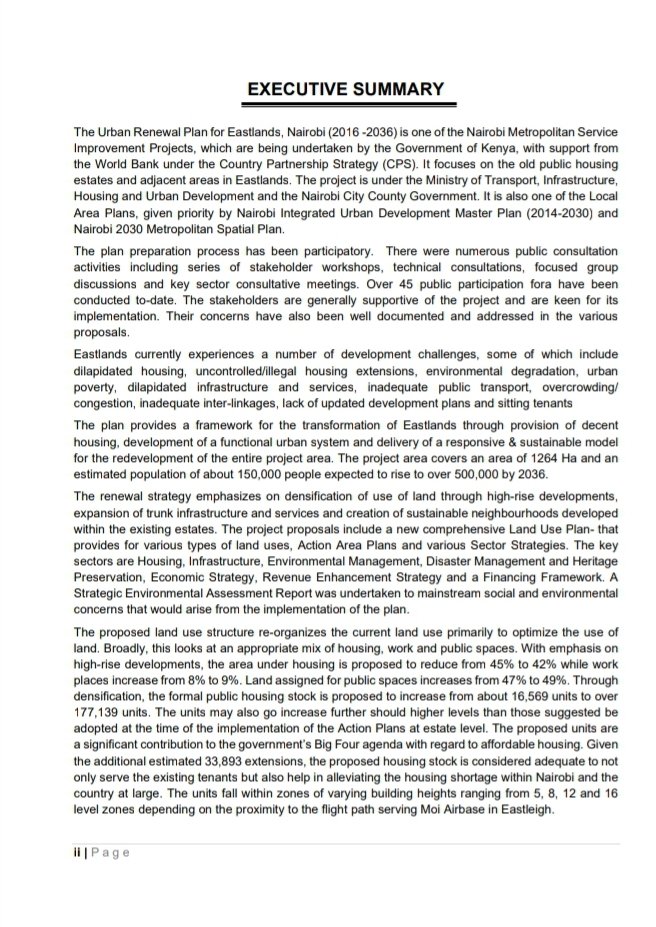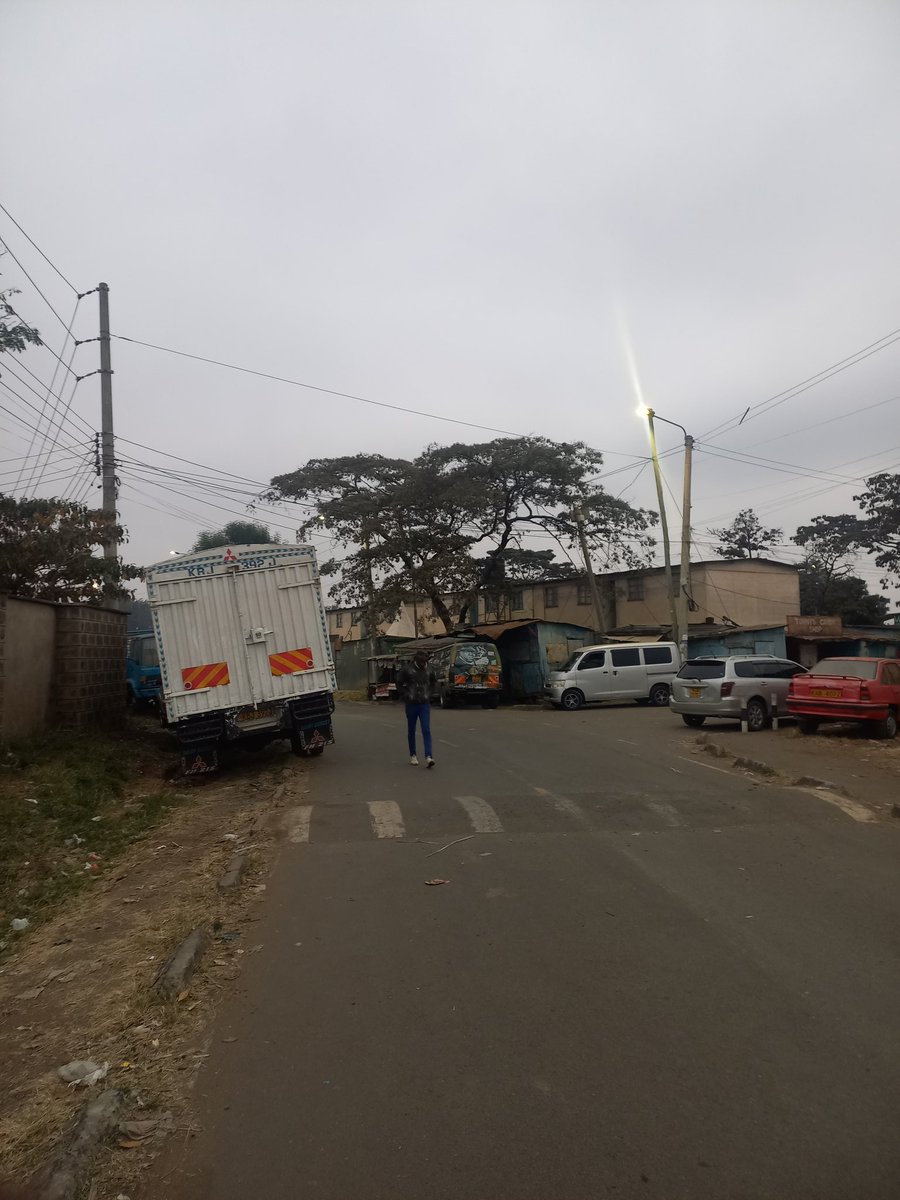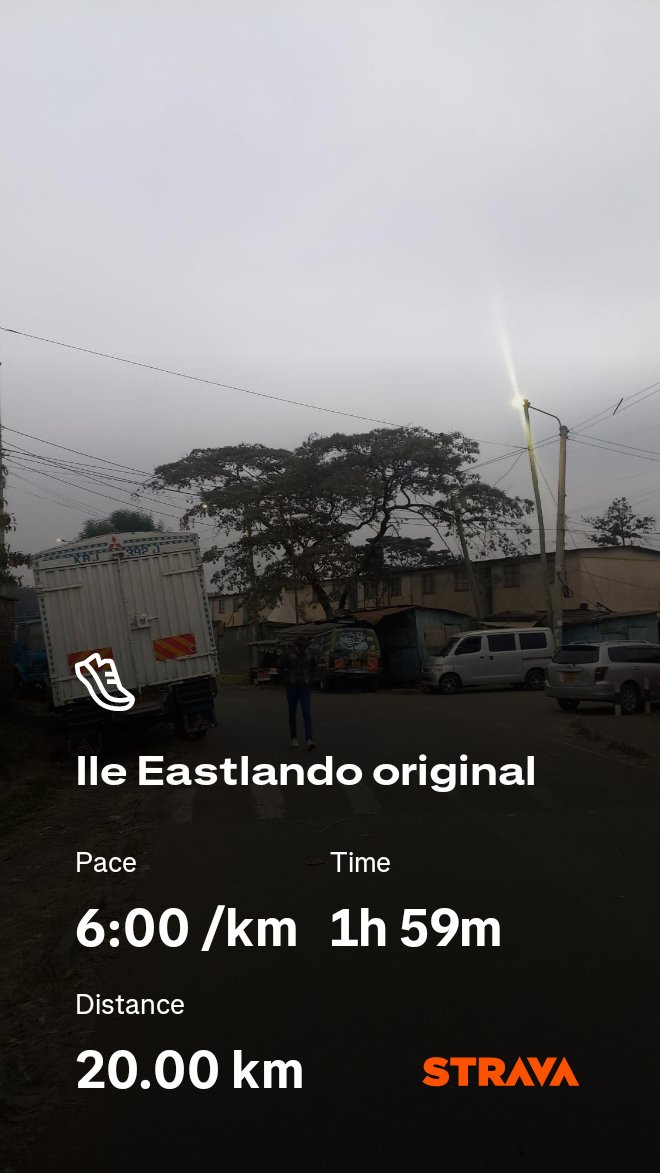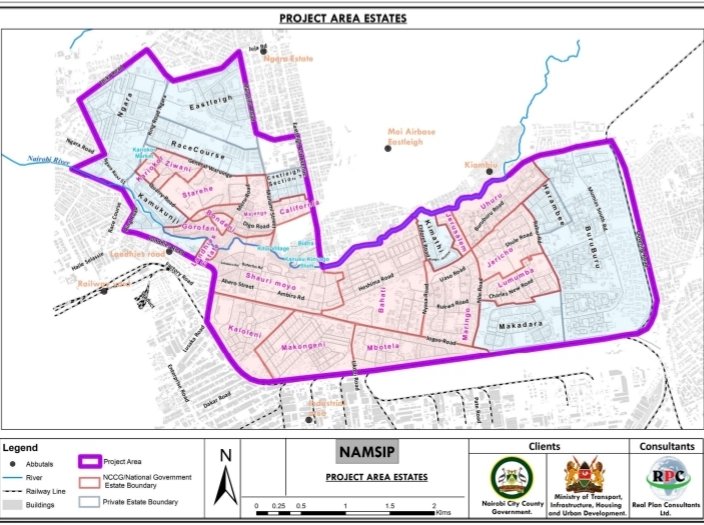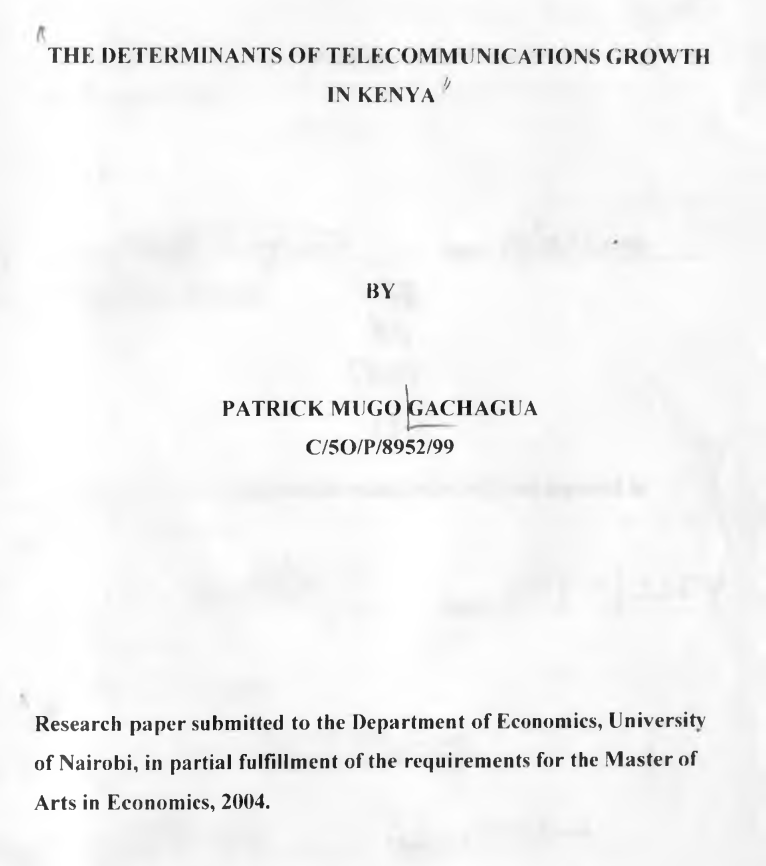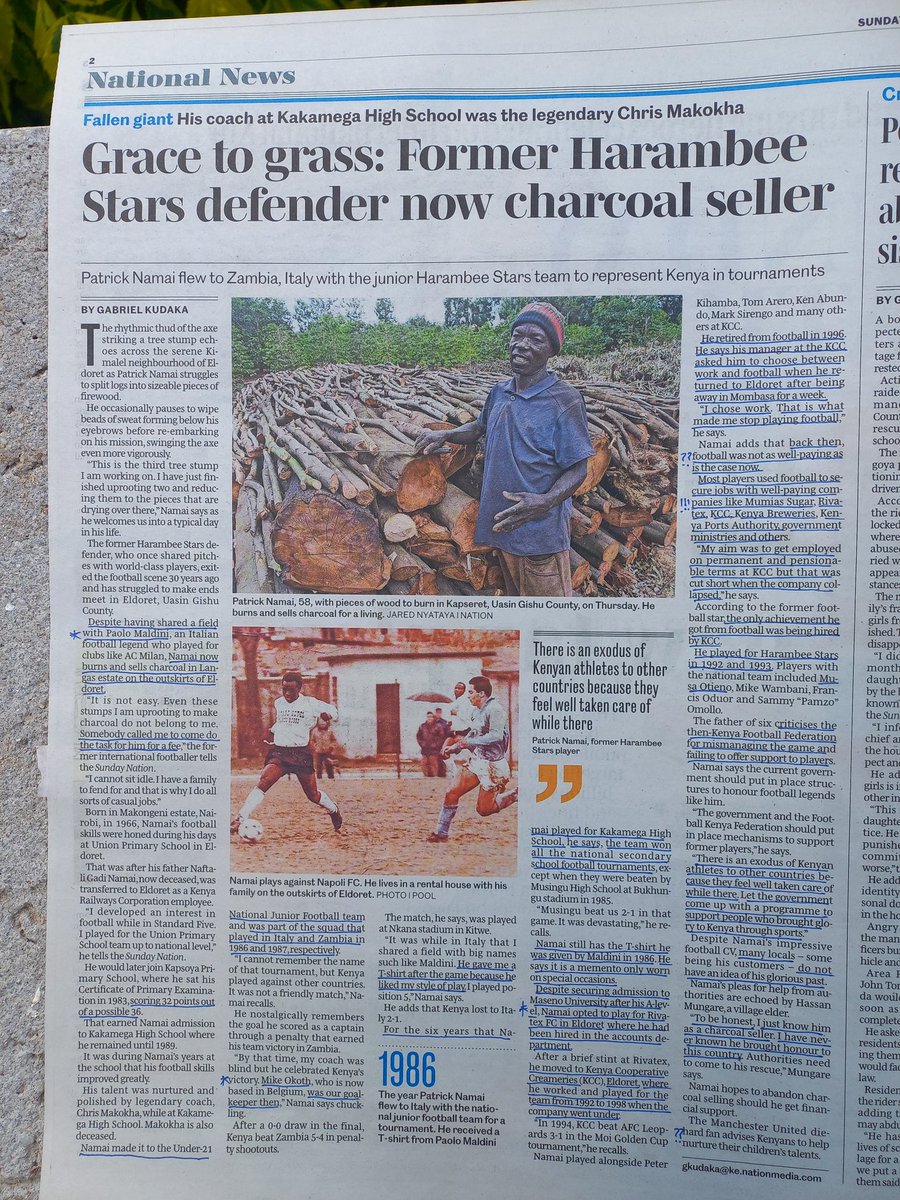To understand the story of Ojijo demands that we start this discussion by talking about Maseno School.
Maseno School was the first educational institution for Africans in colonial Kenya, established in 1906 to train the sons of African chiefs how to read and write.
Thread 🧵
Maseno School was the first educational institution for Africans in colonial Kenya, established in 1906 to train the sons of African chiefs how to read and write.
Thread 🧵
https://twitter.com/Waru_Mopebbles/status/1980467954094592010
However, besides the five dynaste sons (Simon Ndinya, Onduso, Odindo, Owiti and Yonah Orao), Maseno School went on to admit other boys from the (Kavirondo) region.
And they were also taught carpentry, tailoring, building, telegraphy and clerical work.
And they were also taught carpentry, tailoring, building, telegraphy and clerical work.
Two years into school, in 1908, the students decided to go on strike, protesting that the Church Missionary Society (CMS), led by Rev J.J Willis, were offering them the bare minimum education, as compared to the settler children.
This strike was led by one Daniel Elly Ojijo Oteko, backed by Simeon Nyende, Jonathan Okwiri, Benjamin Owuor etc.
The CMS listened their concerns and changed their curriculum to resemble that of European settler schools.
The CMS listened their concerns and changed their curriculum to resemble that of European settler schools.
(In a lecture I did on 'Why Protests Work (sometimes)', I credited this as the first ever successful protest by 'Gen-Z's').
10 years after completing school, they realized that each of them was better in articulating their concerns to the colonial govt (thanks to the education they had obtained), but rather than do so independently, it would be better if they came together and worked as a team.
So, the aforementioned people, as well as other Luhyas and Luos, came together in 1921 to form the 'Young Kavirondo Association' - a political party through which they'd address their concerns to the colonial government.
They went on to draft a memorandum containing 10 concerns to be addressed:
1. To allow locals to farm on their land and even
2. plant cash crops.
3. To stop unlawful arrests of Kenyans.
4. To allow locals to use sugar.
5. To allow locals to conduct trade with each other.
6. To stop collecting cow tax (men had to pay a cow to the govt every year as tax)
2. plant cash crops.
3. To stop unlawful arrests of Kenyans.
4. To allow locals to use sugar.
5. To allow locals to conduct trade with each other.
6. To stop collecting cow tax (men had to pay a cow to the govt every year as tax)
7. To stop forcing locals to give their children Christian names (this was punishable by death).
8. To allow Kenyans to be nominated as PCs, DCs, and DOs.
9. To provide Kenyans with representation in the LEGCo.
10. To allow Kenyans to have traditional places of worship.
8. To allow Kenyans to be nominated as PCs, DCs, and DOs.
9. To provide Kenyans with representation in the LEGCo.
10. To allow Kenyans to have traditional places of worship.
It was agreed that every time any of them would talk about any of the agendas, they'd finish off each sentence by saying 'Piny Owacho' - 'The People Have Spoken', to signify that this weren't their resolutions only, but rather, for the whole society.
The YKA submitted their memorandum to the Provincial Commissioner of the time, HR Tate, and a meeting was arranged between them (YKA) and the Colonial Governor at the time, Sir Edward Northey.
Due to their confidence and numbers, the YKA were able to push through the reforms in their memoranda, and the Governor had no choice but no choice but to cede to eight out of the ten reforms they had drafted in their memorandum.
Number 6 and 8 didn't sail through, while number 9 wasn't implemented exactly to the Africans' advantage.
If any of you remembers the Devonshire White Paper of 1924, it recommended that John Willis Arthur, a Scottish missionary, to represent Africans in the LEGCo.
If any of you remembers the Devonshire White Paper of 1924, it recommended that John Willis Arthur, a Scottish missionary, to represent Africans in the LEGCo.
Ojijo Oteko, motivated by their ability to push reforms, decided to make a tour to the whole Nyanza region and agitate the locals to fight for their rights.
He started by visiting Kisii, which was the district HQ of the South Nyanza constituency, and Marindi (in Homa Bay) which was the second-largest district.
However, he was arrested around 1926 while addressing people in Marindi, and hounded off to Kismayu Island in the Indian Ocean Coast in Somalia, where he was jailed for years together with Harry Thuku.
When the colonial govt finally decided to release him, they dumped him in the streets of Kisumu, stark naked except for his old jacket.
After this, he went back to his home village in Karachuonyo.
After this, he went back to his home village in Karachuonyo.
One of the most heroic acts that is said of him upon his return from exile, was of stopping the seizing of cattle by the colonial police (as cow tax).
He found soldiers driving people's cattle from Karachuonyo to Kisii to slaughter them and feed the British officers.
He found soldiers driving people's cattle from Karachuonyo to Kisii to slaughter them and feed the British officers.
He confronted the soldiers, backed by the locals. There was a heated argument, and the soldiers feared the possible rioting by the natives, and so, returned the cattle to the owners.
This earned Ojijo the nickname 'Ojijo polo Mor Yimbo', and made the British more wary of him.
This earned Ojijo the nickname 'Ojijo polo Mor Yimbo', and made the British more wary of him.
One day, in 1942, while heading over to the PC to lodge a complaint, he experienced a toothache and decided to visit the local hospital in order to have his tooth checked.
This led him to the John Riddoch Hospital.
This led him to the John Riddoch Hospital.
(John Riddoch might have been the most successful businessman in Nyanza back then, establishing businesses from Kakamega down to Migori.
He was also a nominated member to the LEGCo, as well as the first Chairman of the Kisumu Municipal Board).
He was also a nominated member to the LEGCo, as well as the first Chairman of the Kisumu Municipal Board).
It is said that Ojijo Oteko died while undergoing an operation on his tooth, as his gum had been pierced by a fish bone (very suspicious, but yes).
His body was immediately wrapped and placed in a casket, delivered to his homestead by colonial solders, and immediately buried.
His body was immediately wrapped and placed in a casket, delivered to his homestead by colonial solders, and immediately buried.
No one, not even his family, was allowed close to his gravesite to view his body during his burial.
It even arose suspicions that maybe his body wasn't in proper condition at the time, and this led to vandals trying to dig up his grave in 2010 (I cannot confirm the outcome)
It even arose suspicions that maybe his body wasn't in proper condition at the time, and this led to vandals trying to dig up his grave in 2010 (I cannot confirm the outcome)
After independence, the govt decided to name the road outside Parklands Sports Club (hapo K1 ama Broadwalk Mall) in his honor - Ojijo Oteko Road.
• • •
Missing some Tweet in this thread? You can try to
force a refresh


